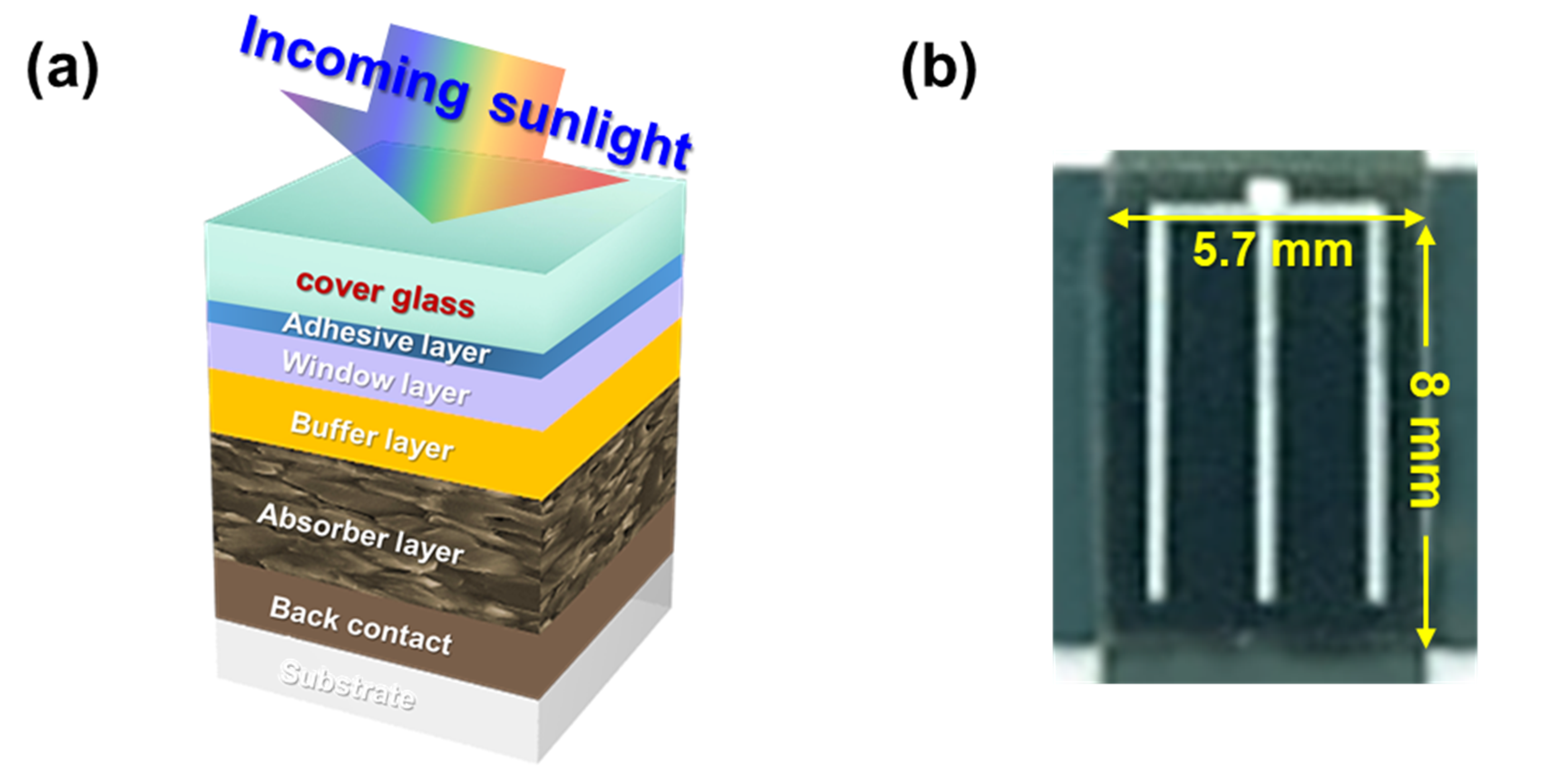

In this example, the data gets saved in Q_planar.mat file to be used in thermal simulation in HEAT. This is the amount of absorbed optical power that gets converted into thermal energy in units of W/m 3. The "solar_generation" analysis group in FDTD simulation file will save the optical generation rate G and also the absorbed optical power converted to heat in two separate.

The short circuit current (Jsc) in this example is around 200 A/m 2 (20 mA/cm 2 ). The solar_generation object also calculates the ideal short-circuit current density (Jsc) by assuming all of the photo-generated electron-hole pairs contribute to the actual photo-current. mat file so it can be imported into the CHARGE solver. The analysis group also automatically saves the generation rate data to a. As expected, the generation rate is highest at the top of the silicon layer. The solar_generation object calculates the generation rate "G" which can be visualized in the result visualizer. The figure on the right shows that the simulation results agree well with the analytic solution. The script also calculates the absorption analytically using the stackrt script command, to help validate the simulation results. The ripples are due to the Fabry-Perot effect. The transmission through the entire device is zero, due to the metal contact. The reflection, transmission and absorption of this silicon slab are obtained using the data stored by the monitors placed above and below the silicon slab and are shown below. Optionally, right click on "solar_generation" analysis group object and visualize "Pabs_thermal_export" result.Optionally, explore the simulation results manually or with the solar_cell_optical_results.lsf to plot results.This will calculate the optical generation data and export the data to a file that will be imported into CHARGE. Right click on "solar_generation" analysis group object and select "Run analysis".Open and run the solar cell simulation file using FDTD.Instructions for running the model and discussion of key results Step 1: Optical simulation In this application example, we have chosen a planar silicon solar cell such as the one shown below to keep things simple even though the workflow would be exactly the same for solar cell structures with different geometries and/or material components. See the Taking the model further section for tips on extending this example to more complex solar cells.
SOLARCELL IR COATING HOW TO
This example shows how to simulate a simple 1D planar solar cell. A voltage sweep is needed to obtain the current-voltage characteristics of the cell from which the key performance metrics for a solar cell including short-circuit current (Jsc), open-circuit voltage (Voc), fill-factor, and photovoltaic efficiency can be extracted. The effect of the temperature and electrical properties of the materials on the collection efficiency will be considered in this step. Step 3: Electrical simulationĬalculate the number of photo-generated electron-hole pairs (calculated in the first step) collected at the electrical contacts that contribute to the output electrical power. This data can be used in the next step to calculate the electrical characteristics of the solar cell under this elevated temperature. The HEAT solver calculates the steadystate temperature profile within the solar cell. The heat generation profile is obtained from the optical simulation by calculating the energy from absorbed photons with energy above the bandgap of the semiconductor material. Step 2: Thermal simulationĭetermine heating in the solar cell due to light absorption. See the appendix for additional information. Calculate electrical generation rate from spatial absorption data by assuming each photon generates one electron-hole pair. Normalize results to AM 1.5 solar spectrum. Below is a summary of the workflow of a solar cell simulation: Step1: Optical simulationĬalculate optical absorption profile within active region, over the entire solar spectrum. This example includes an optional thermal simulation to include heating effects in the device's performance. Modeling a solar cell typically requires both optical and electrical simulations. Understand the simulation workflow and key results The example also explores the effect of heating due to optical absorption on the electrical performance of the solar cell. Key performance figures of merit such as short-circuit current, fill-factor, and photo-voltaic efficiency are calculated. This example describes the complete optoelectronic simulation of a simple 1D planar silicon solar cell using FDTD, CHARGE and HEAT.


 0 kommentar(er)
0 kommentar(er)
